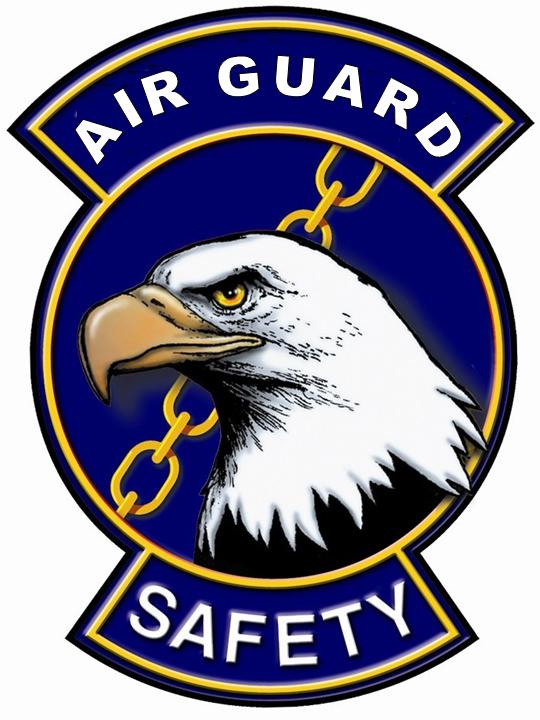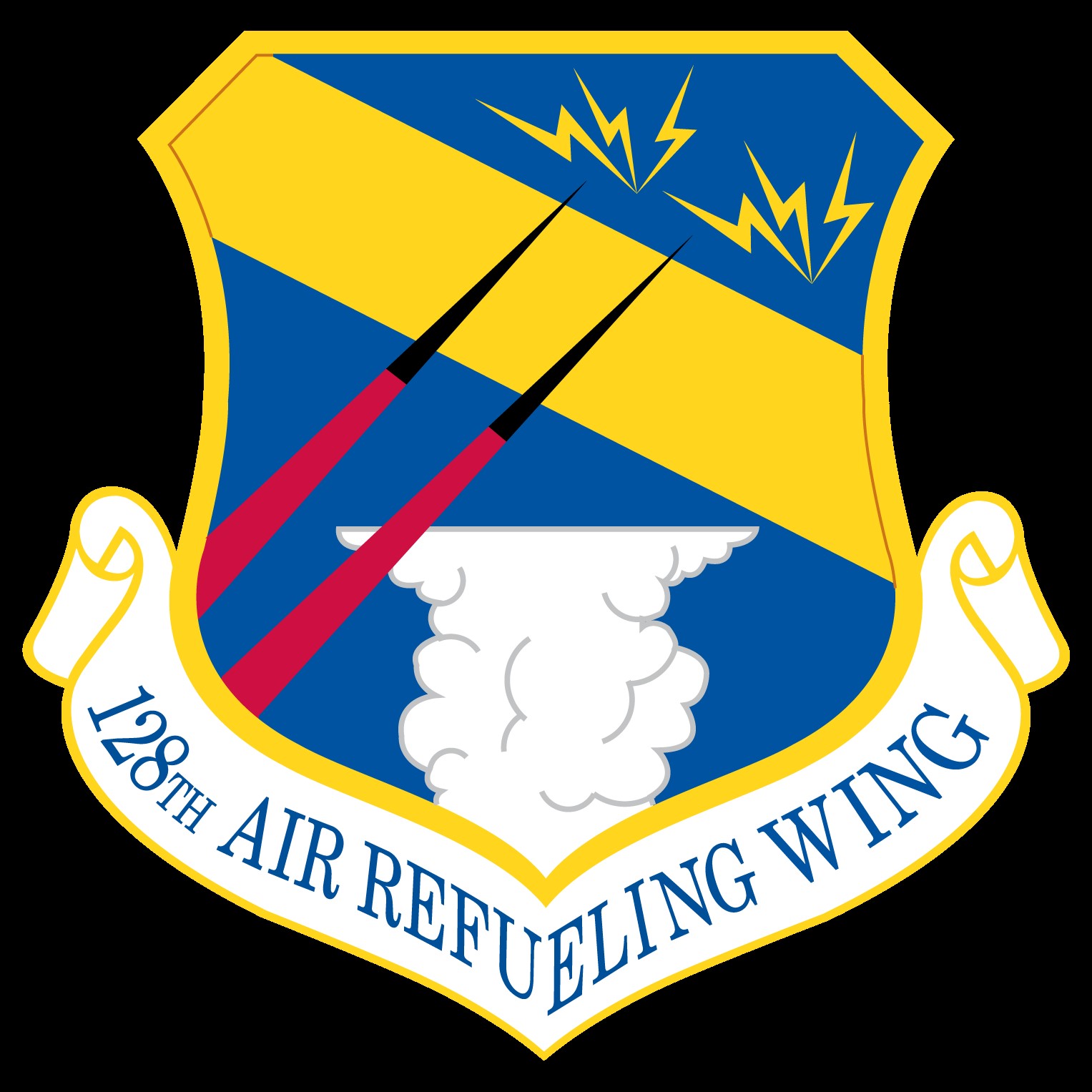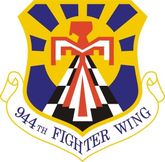Information
-
Document No.
-
Audit Title
-
Client / Site
-
Conducted on
-
Prepared by
-
Location
-
Personnel
27.19. Welding, Cutting and Brazing Checklist.
-
27.19.1. Are only approved apparatuses purchased for use? Reference 27.2.1
-
27.19.2. Do personal protective clothing and equipment meet or exceed the requirements of Chapter<br>14, Personal Protective Equipment (PPE)? Reference 27.2.3
-
27.19.3. Are contractors advised that they must comply with appropriate fire, safety and health<br>requirements when welding, cutting or brazing on Air Force facilities? Reference 27.2.4
-
27.19.4. Are acetylene cylinders used and stored in an upright position? Reference 27.3.1
-
27.19.5. Is the fuel gas and oxygen supply to the torch shut off when left unattended or not used for<br>extended periods of time, i.e., when left unattended for 30 minutes or more? Reference 27.3.3
-
27.19.6. Are welders aware that welding on concrete floors may cause the concrete to spall and<br>produce projectiles? Reference 27.3.9
-
27.19.7. Are welders provided appropriate fall protection when working on elevated surfaces?<br>Reference 27.3.10
-
27.19.8. Does the welding operation supervisor ensure installed fire protection sprinkler systems are<br>operational before the welding operation begins, or, if not, ensure other means of fire detection,<br>reporting and extinguishing have been approved by the installation FES Flight? Reference 27.3.12.2
-
27.19.9. Are welding hoses visually checked for damage once a shift, before each use? Reference<br>27.4.1
-
27.19.10. Are warning signs posted to prevent personnel from inadvertently touching hot items when<br>left unattended? Reference 27.4.4
-
27.19.11. Have workers and other personnel adjacent to the welding areas been protected from<br>radiant energy or spatter by use of noncombustible and/or flameproof screens? Reference 27.5.1.1
-
27.19.12. Are walls, screens, and non-rigid heat and spark barriers finished to limit reflectivity?<br>Reference 27.5.1.2
-
27.19.13. Have procedures been established to prevent personnel from entering an inside welding<br>area and inadvertently being exposed to welding hazards? Reference 27.5.1.4
-
27.19.14. Where floors have been wet down or damp sand applied, have rigid controls been<br>established to ensure proper grounding of equipment, and are personnel protected from possible<br>electrical shock? Reference 27.5.1.5
-
27.19.15. Is a fully charged and operational fire extinguisher, appropriate for the task, kept in the<br>work area at all times? Reference 27.5.1.6
-
27.19.16. Are welding operations roped off or segregated by physical barriers to prevent<br>unauthorized entry into the area? Reference 27.5.2.1
-
27.19.17. Are outside welding operations placarded to warn bystanders that welding operations are<br>in progress? Reference 27.5.2.1
-
27.19.18. Has a written permit been obtained from the installation FES Flight prior to the start of<br>welding operations? Reference 27.5.2.2
-
27.19.19. Whenever welding activities are within 35 feet of combustible materials, are firewatcher<br>procedures implemented? References 27.5.2.3 and 27.5.1.8.3
-
27.19.20. Has a fire watch been assigned to monitor the operation for 30 minutes after completion of<br>cutting or welding operations, to detect and extinguish possible smoldering fires? References<br>27.5.2.3 and 27.5.1.8.4
-
27.19.21. Is the welding operation environment free of flammable liquids and vapors? Reference<br>27.5.2.4
-
27.19.22. While welding and cutting operations are being performed, is fire extinguishing equipment<br>available and ready for use? Reference 27.5.2.5
-
27.19.23. Are approved flash arresters installed between each cylinder and the coupler block when<br>acetylene cylinders are coupled? Reference 27.6.2
-
27.19.24. Has backflow protection been provided that shall prevent oxygen from flowing into the<br>fuel-gas system or fuel from flowing into the oxygen system? Reference 27.6.3
-
27.19.25. Has flashback protection been provided by an approved device? Reference 27.6.4
-
27.19.26. Has back-pressure protection been provided by an approved relief device, set at a pressure<br>not greater than the pressure rating of the backflow or flashback device, whichever is lower?<br>Reference 27.6.5
-
27.19.27. Are clearly marked master shutoff valves provided for installed systems at points which<br>are readily accessible? Reference 27.6.7
-
27.19.28. Does clothing provide sufficient coverage to prevent skin burns? Reference 27.7.1
-
27.19.29. Are front pockets and upturned sleeves or cuffs prohibited? Reference 27.7.1
-
27.19.30. Are flame resistant gloves, in good condition, used to protect welder‘s hands? Reference<br>27.7.2
-
27.19.31. When additional protection is needed, are durable flame-resistant aprons made of leather<br>or suitable materials provided to protect the front of the body? Reference 27.7.3
-
27.19.32. For heavy work, are flame-resistant leggings or other equivalent means used to give added<br>protection to the legs? Reference 27.7.4
-
27.19.33. When necessary, are cape sleeves or shoulder covers used during overhead welding,<br>cutting or other operations? Reference 27.7.5
-
27.19.34. When necessary, are flame-resistant caps worn under helmets to prevent head burns?<br>Reference 27.7.6
-
27.19.35. Is only approved respirator equipment used when working in atmospheres of hazardous<br>concentrations of airborne contaminants? Reference 27.7.7
-
27.19.36. Do all welding helmets meet 29 CFR 1910.252, Welding, Cutting, and Brazing - General<br>Requirements, requirements? Reference 27.7.8.1
-
27.19.37. When two or more welders are exposed to each other's arc, are filter lens goggles worn<br>under the welders‘ helmets to protect them from the harmful rays? Reference 27.7.8.2
-
27.19.38. Are goggles or other suitable eye protection used during all gas welding or oxygen cutting<br>operations? Reference 27.7.8.3
-
27.19.39. Is eye protection in the form of suitable tinted goggles or spectacles provided for brazing<br>operations? Reference 27.7.8.5
-
27.19.40. Are workers trained to arrange helmets to protect the face, neck and ears from the arc's<br>radiant energy? Reference 27.7.9.2
-
27.19.41. Are ventilated goggles used to prevent fogging of the lenses? Reference 27.7.9.5
-
27.19.42. Are hand-held shields, designed to shield the face and eyes, prohibited from use?<br>Reference 27.7.9.10
-
27.19.43. Does the commander ensure workers who handle, use or are potentially exposed to<br>hazardous materials provided training IAW the AFHCP? Reference 27.8.2
-
27.19.44. Do welders check gas line connections after assembly and before lighting the torch?<br>Reference 27.9.1
-
27.19.45. Is the tungsten-arc welding machine's power supply always disconnected before changing<br>electrodes? Reference 27.10.5
-
27.19.46. Are welders trained to never change tungsten-arc electrodes with bare hands or wet<br>gloves? Reference 27.10.5.2
-
27.19.47. Is welding on aircraft accomplished outside of hangars whenever possible? Reference<br>27.10.16.1
-
27.19.48. Does the welding supervisor ensure the senior flight line supervisor is thoroughly briefed<br>on the planned welding operation? Reference 27.10.16.2
-
27.19.49. Prior to the start of welding operations, are fuel tank and engine fuel vents closed/plugged<br>on any aircraft within 50 feet of the welding operation? Reference 27.10.16.4
-
27.19.50. Does the welder rope off or segregate the welding operation by a physical barrier prior to<br>starting the welding operation? Reference 27.10.16.8
-
27.19.51. Is the fireguard informed to stop the welding operation if a hazardous condition develops?<br>Reference 27.10.16.10
-
27.19.52. Do aircraft welding operations performed in hangars conform to the requirements of<br>Chapter 6 of this standard and NFPA 410, Standard on Aircraft Maintenance? Reference<br>27.10.16.11
-
27.19.53. Has the tank, cylinder, or other container which is to be cut, welded or have other hot work<br>performed on it been purged or inert? Reference 27.10.17.1
-
27.19.54. Are new containers inert or purged prior to cutting, welding or other hot processes being<br>applied to it? Reference 27.10.17.1
-
27.19.55. Are welding or cutting operations only conducted in vehicle maintenance approved by the<br>installation FES Flight? Reference 27.12
-
27.19.56. Does maintenance shop supervision evaluate each welding or cutting task to determine if<br>batteries need to be removed or fuel tanks require removal and/or need to be made inert? Reference<br>27.12
-
27.19.57. Do cylinders of compressed gas have pressure-reducing regulators installed? Reference<br>27.13.1
-
27.19.58. Are oxygen cylinders and fittings kept free of grease and oil at all times? Reference<br>27.13.4
-
27.19.59. Have circuits been de-energized before testing? Reference 27.14.1
-
27.19.60. Are power cables and electrode holders inspected prior to every use? Reference 27.14.4
-
27.19.61. Before starting operations, has the work lead been firmly attached to the work? Reference<br>27.15.2.1
-
27.19.62. Have cables with damaged insulation or exposed conductors been repaired or replaced?<br>Reference 27.15.2.4
-
27.19.63. Are electrode holders, when not in use, placed where they cannot make electrical contact<br>with personnel, conducting objects, fuel or compressed gas cylinders? Reference 27.15.4
-
27.19.64. Does the welding supervisor ensure all welders meet the requirements of Chapter 23,<br>Confined Spaces, prior to entry into confined spaces? Reference 27.17.1
-
27.19.65. Has a written permit (AF Form 592) been obtained from the FES Flight, with<br>coordination by the installation Ground Safety office and BE, prior to starting welding operations in<br>a confined space? Reference 27.17.1
-
27.19.66. When welding or cutting operations are conducted in confined spaces, is there adequate<br>ventilation to prevent the accumulation of toxic materials or possible oxygen deficiency? Reference<br>27.17.3
-
27.19.67. Before operations are started, is heavy portable equipment mounted on wheels securely<br>blocked? Reference 27.17.2










